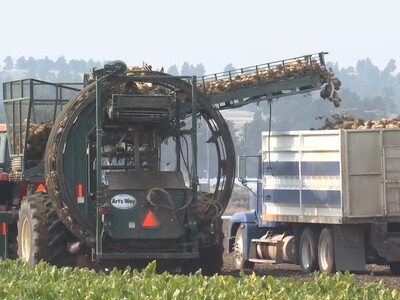Wite tail research
White-tailed deer research is providing researchers with new insightsRadio collars and remote cameras are driving the state's most robust whitetail research project ever. Fish and Game researchers are currently working to improve their understanding of white-tailed deer populations and equip wildlife managers with the tools to better manage one of Idaho’s most popular big game species.
Researchers made strides in 2020 as they jumped into a multifaceted research program aimed at population ecology, habitat use, survival, mortality, and productivity of white-tailed deer in Idaho.
When the 2020-25 White-tailed Deer Management Plan was adopted last year, a primary focus was developing and implementing a robust research plan for the species that will span the life of the management plan, and will help managers know when populations change, adapt management to those changes, and better understand and explain the causes of those changes.
The plan identified numerous projects that would take place over the course of six years, including a few that are already underway and providing new insights into Idaho’s whitetails.
What researchers are working on now
Radio collar work: In February and March of 2020, biologists used baited clover traps in Northern Idaho to capture and collar about 140 white-tailed deer.“That included bucks, does, the prior year’s fawns — it covered the entire spectrum,” said Mark Hurley, Fish and Game's wildlife research manager. “We are looking at survival for those animals, and that will continue for at least the next three years.” Fawn survival is key to maintaining deer populations, and researchers are especially interested in the survival rates of newborn white-tailed deer fawns.















